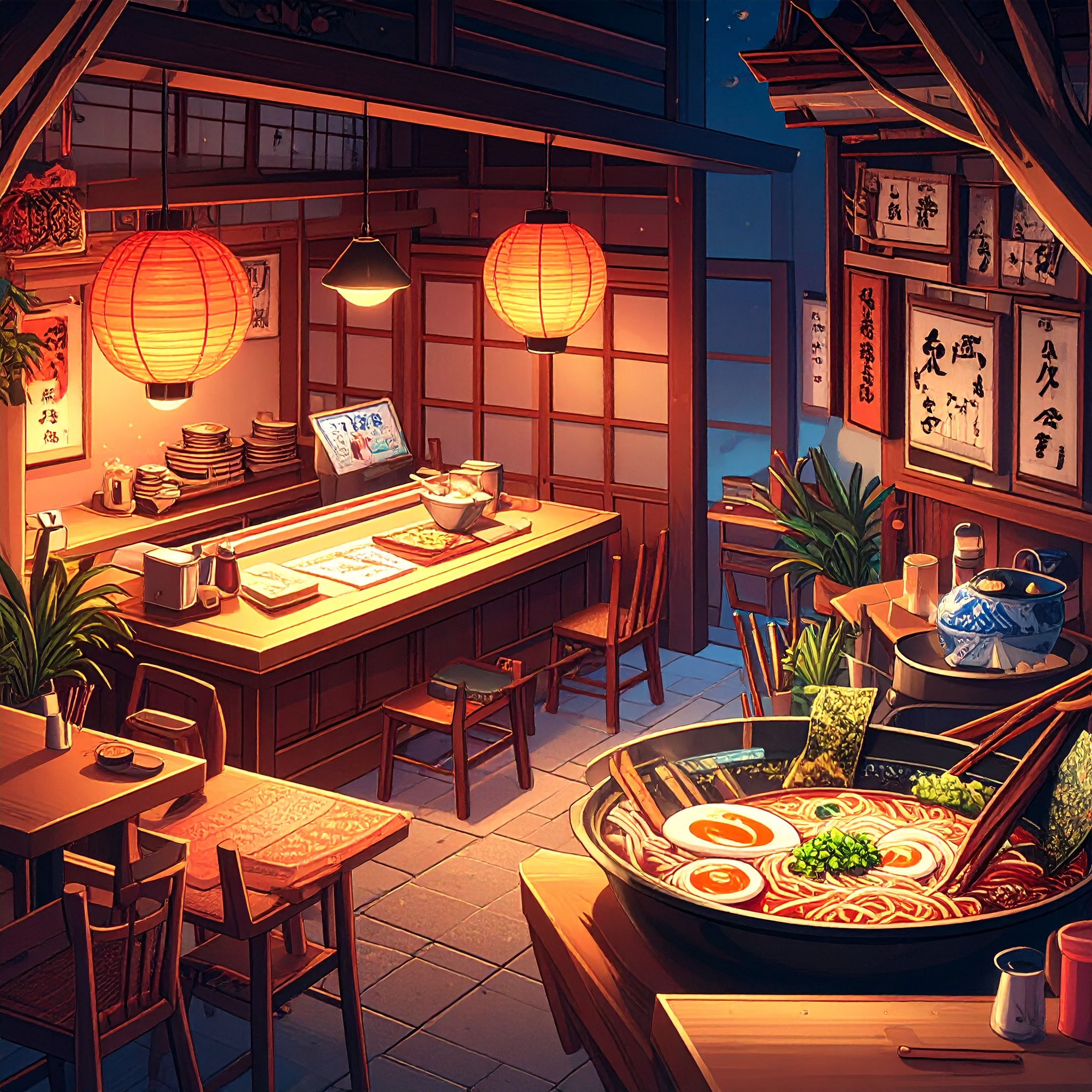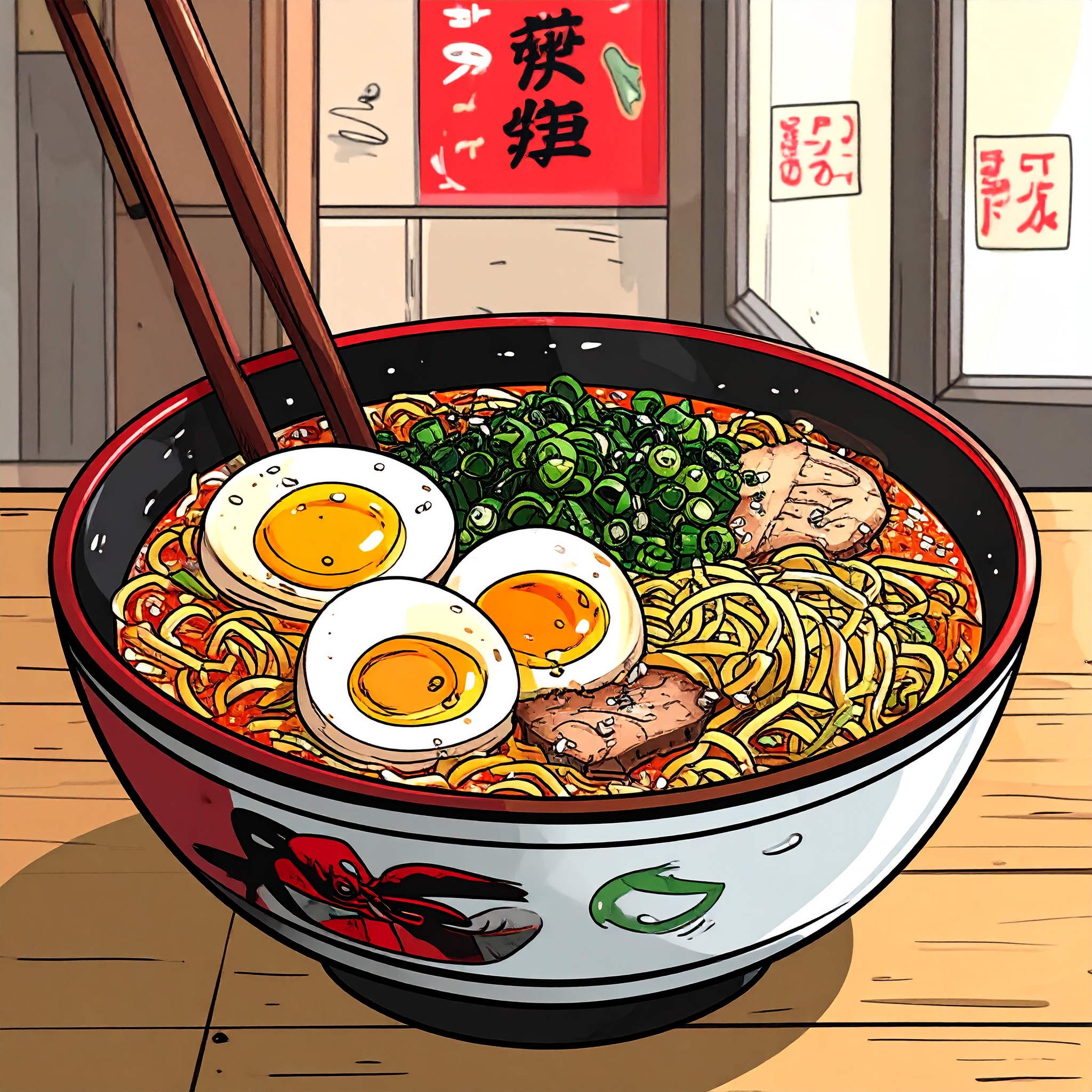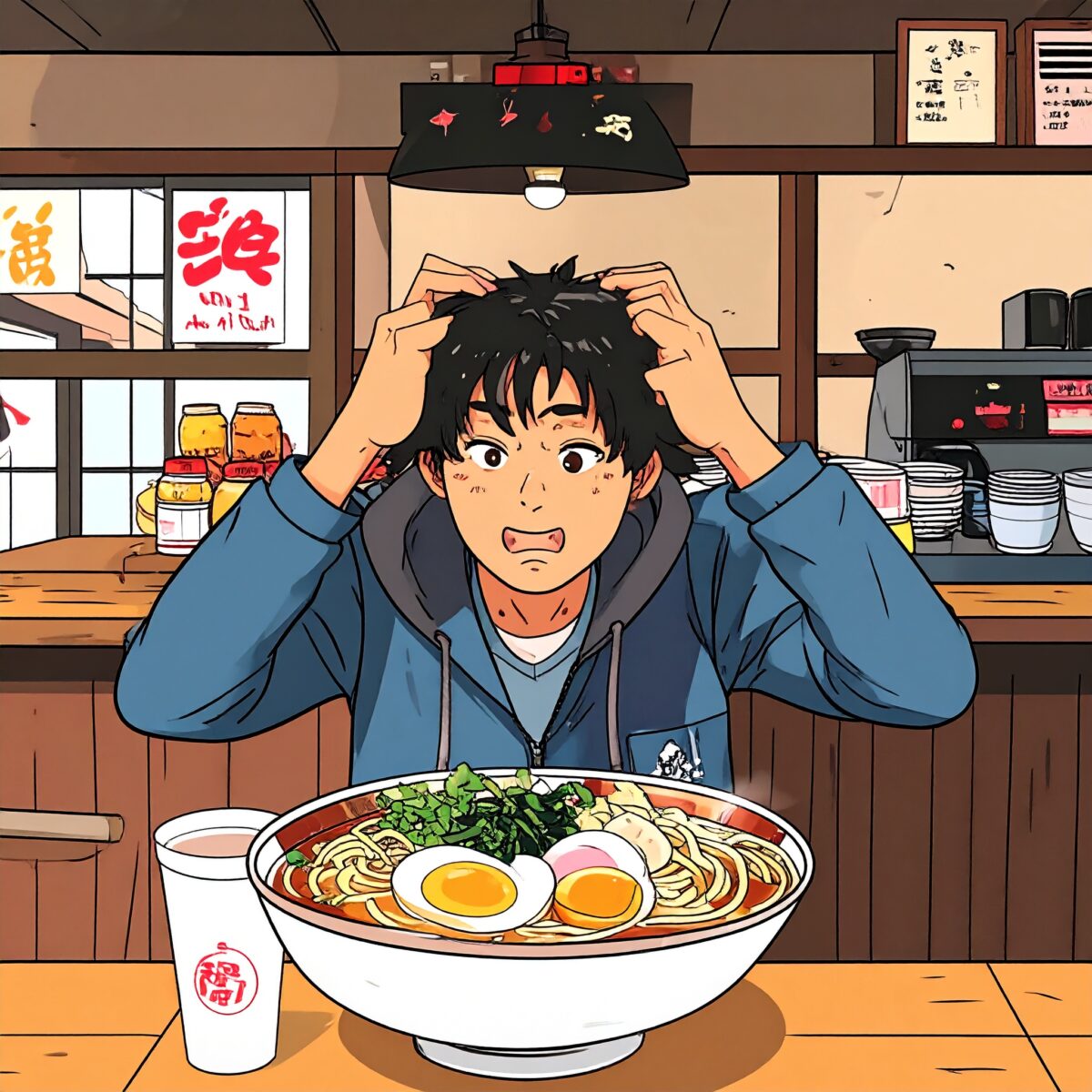The Strategy of Scarcity: Building a “Phantom Brand” Through Intentional Inaccessibility
Some ramen establishments are forgoing expansion and resisting the allure of franchising, instead embracing a singular, meticulously run location. Among them, a select few operate under a strictly limited model—serving only a few dozen bowls per day, accepting reservations only, and offering minimal public communication.
Why choose to be out of reach? The answer lies in a sophisticated strategy: transforming rarity into prestige. By becoming difficult to access, these restaurants have cultivated a mystique—a “phantom” brand that elevates their presence and desirability well beyond the confines of their physical space.
1. Scarcity as Strategy: The Psychology Behind Perceived Value
The notion that “the harder something is to obtain, the more desirable it becomes” is a timeless principle—well illustrated in the worlds of luxury watches and limited-edition sneakers. In the realm of ramen, the same concept applies: the need to book a month in advance or to find a shop in an obscure location heightens the thrill for culinary enthusiasts.
The more difficult it is to secure a reservation, the greater the perceived satisfaction. This paradox fuels word-of-mouth and social media buzz, crafting the image of a “phantom ramen shop”—rare, revered, and unforgettable.
2. From Waiting in Line to Feeling Chosen: Elevating the Dining Experience Through Exclusivity
Once, long queues were a badge of popularity. Today, however, a growing demographic values convenience and curated access. Reservation-only or members-only systems are increasingly embraced for the exclusivity they imply.
This model allows restaurants to carefully manage guest flow and ensure each bowl is presented in optimal condition. By incorporating ticketing or referral systems, a sense of privilege is added to the dining experience—making every visit feel earned and exceptional.
3. Establishing the Chef as the Brand
For this exclusive model to succeed, the chef must evolve into a brand in themselves. Remaining largely unseen on social media yet selectively appearing in industry events or premium publications cultivates a mystique—balancing presence and distance to foster charisma.
Withholding recipes and cooking methods further strengthens this allure. The idea that “only that chef can create this flavor” lends a sense of mystery, which, paired with limited access to the dish, becomes a compelling force of attraction.
4. Staying Small to Stay Profitable
Multi-location expansion brings complex challenges in staffing, quality control, and capital investment. In contrast, the single-location model allows for meticulous control over ingredients, preparation, and service—enabling both operational consistency and cost efficiency.
Lean, focused teams reduce overhead, and the result is a high-margin, high-satisfaction business that thrives without scale. In this case, not expanding becomes the very hallmark of differentiation—a quiet but powerful business advantage.
Summary: When Rarity Becomes the Ultimate Brand
The convergence of exclusivity—a single location, reservation-only access, and a deeply personal culinary philosophy—transforms a bowl of ramen into a premium experience. It is no longer just food; it is a narrative, a destination, a moment.
By choosing not to expand, advertise, or mass-produce, these establishments craft a brand defined by its elusiveness. This “phantom presence” may well represent the most compelling success model in today’s ramen landscape.




